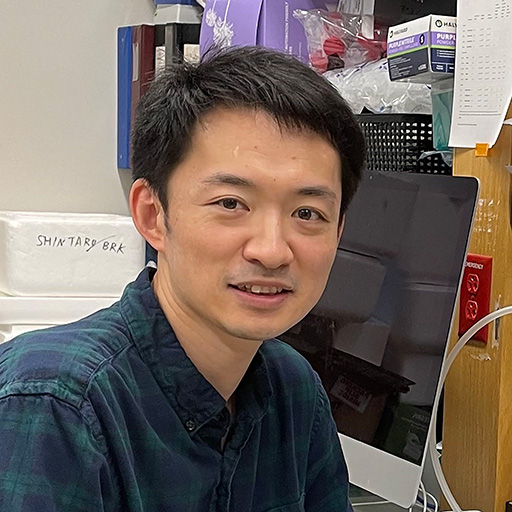What Squirrels Can Teach Us About Treating Age-Related Macular Degeneration

Principal Investigator
Sangeetha Kandoi, PhD
University of California, San Francisco
San Francisco, CA, USA
About the Research Project
Program
Award Type
Postdoctoral Fellowship
Award Amount
$200,000
Active Dates
July 01, 2023 - June 30, 2025
Grant ID
M2023005F
Mentor(s)
Seth Blakshaw, PhD, Johns Hopkins University School of Medicine
Goals
The main goal of this project is to trace how the squirrel eye rescues the retina from hibernation stress damage that is similar to age-related macular degeneration.
Summary
The 13-lined ground squirrel falls into a hibernation state each year. During this shutdown, the squirrel’s eyes sustain damage that is similar to the damage of age-related macular degeneration. Yet each year, the squirrel’s eyes recover, undergoing remodeling of the damaged area of the eye. Because this area is quite similar to the human retina, with damage to the same kind of cells, called cones, this squirrel may harbor some repair secrets that could benefit humans.
To unlock these secrets, Sangeetha Kandoi, PhD, plans to explore the molecular steps that the eyes of this squirrel undergo for these repairs. The molecular data will allow comparisons with species that do not show this recovery, highlighting differences that in turn could spotlight treatment targets. Using squirrels as a disease model is a clearly novel aspect of the project. The ultimate goal of this work is to develop therapies that could, as with these squirrels at each annual wakening, restore damaged vision.
Unique and Innovative
13-lined ground squirrels (13-LGS) have 85% cone photoreceptors, analogous to the central retina in humans. This relatively long-lived sp hibernates and cones in the 13-LGS retina undergo remodeling post torpor as an annual seasonal event. My central hypothesis is that hibernation stress on the 13-LGS cones is akin to the detrimental effects of human macular degeneration. Therefore, understanding the precise coping mechanisms evolved by 13-LGS cones to reverse the stress effects would provide clues, facilitating the use of this robust model for the development of vision restoration therapy.
Foreseeable Benefits
The cone-rich central retina of this vision-dependent 13-lined ground squirrel has evolved mechanisms for minimizing and even reversing stress-induced photoreceptor remodeling, yet also displays age-related abnormalities. Many investigators can now compare these molecular data to that from the eyes of sp whose cones do not fare so well, thereby providing cues for developing novel treatments for AMD.
Grants
Related Grants
Macular Degeneration Research
Innovative Night Vision Tests for Age-Related Macular Degeneration
Active Dates
July 01, 2024 - June 30, 2027

Principal Investigator
Maximilian Pfau, MD
Current Organization
Institute of Molecular and Clinical Ophthalmology Basel (Switzerland)
Macular Degeneration Research
The Development of a Transplant-Independent Therapy for RPE Dysfunction
Active Dates
July 01, 2024 - June 30, 2026

Principal Investigator
Shintaro Shirahama, MD, PhD
Current Organization
Schepens Eye Research Institute of Massachusetts Eye and Ear
Macular Degeneration Research
Immune Cell Traps in Inflammation and Wet Age-Related Macular Degeneration
Active Dates
July 01, 2023 - June 30, 2026

Principal Investigator
Matthew Rutar, PhD
Current Organization
University of Canberra



